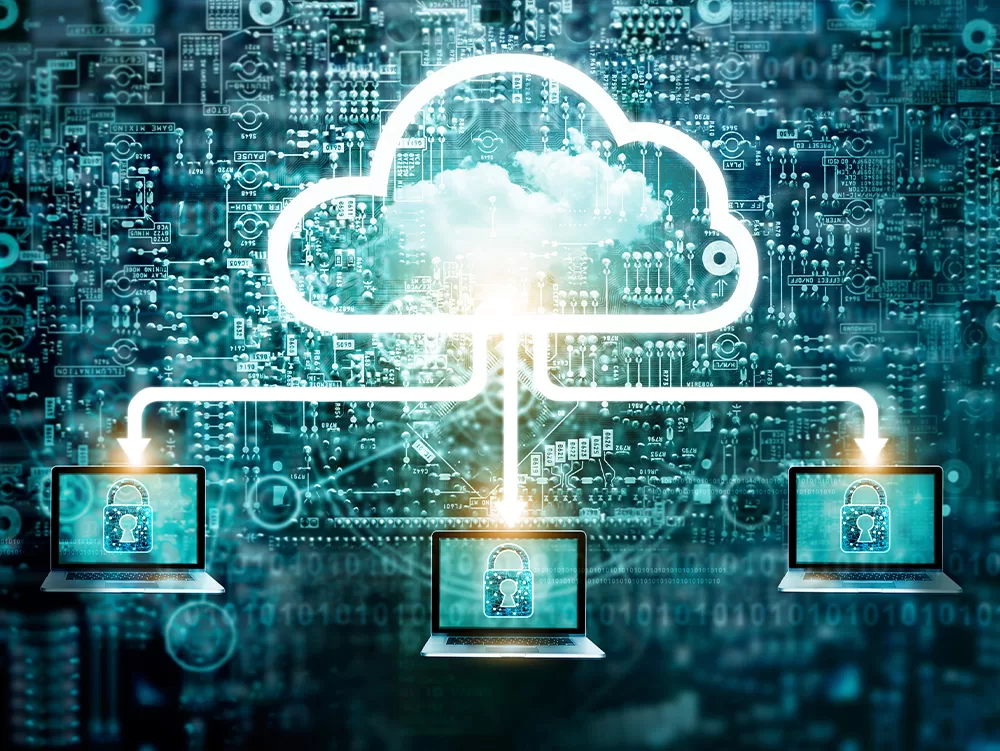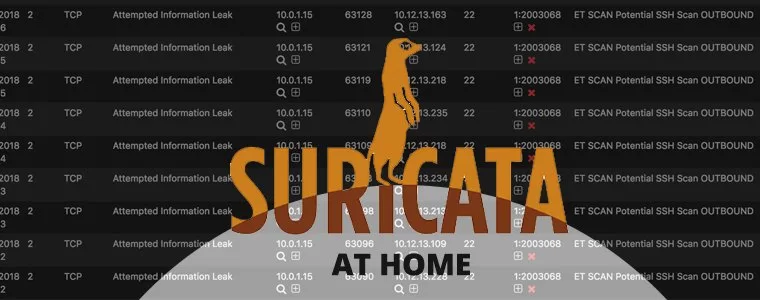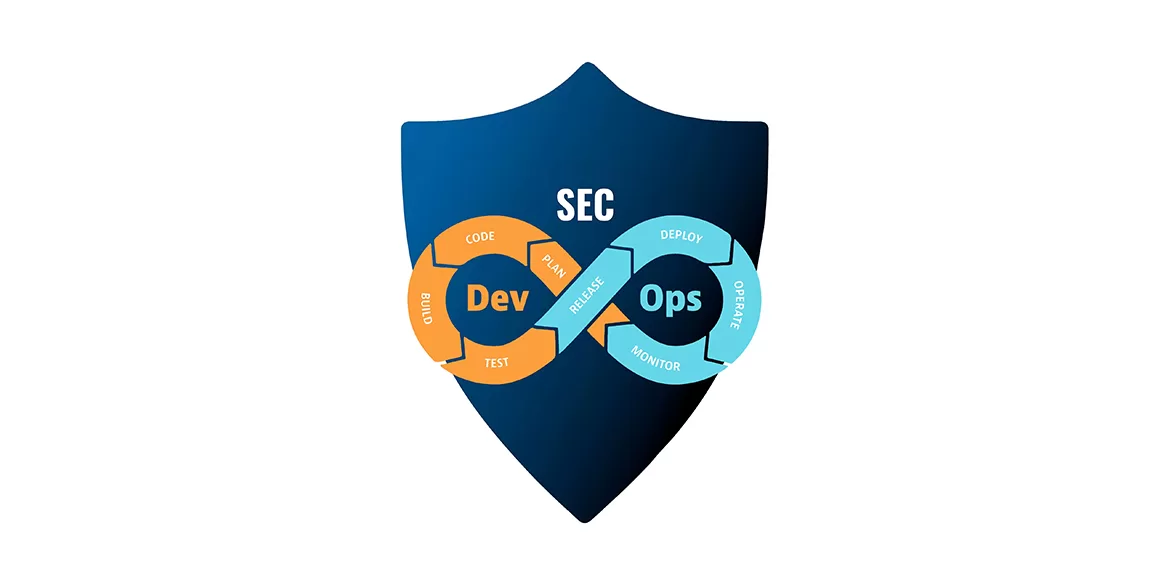
EDR and It’s Place in Your Cybersecurity Posture
In an era where digital landscapes are constantly evolving, the need for robust cybersecurity measures has never been more critical. One of the forefront technologies in this battle is Endpoint Detection and Response (EDR), a powerful solution that not only identifies but actively responds to cyber threats at the very endpoints where they occur. In this article, we’ll explore the myriad benefits of implementing EDR in fortifying an organization’s cybersecurity posture.
Proactive Threat Detection
One of the primary advantages of EDR is its ability to detect threats in real-time. Traditional security measures often focus on preventing breaches, but EDR takes a proactive approach by continuously monitoring and analyzing endpoint activities. This enables early detection of malicious behavior, allowing organizations to respond swiftly before an attack can fully materialize. The speed of response is crucial in preventing potential damage and minimizing the impact on operations.
Enhanced Incident Response
In the unfortunate event of a security incident, EDR shines in its capacity for rapid and effective incident response. The detailed insights provided by EDR solutions enable security teams to understand the scope and nature of the attack quickly. This knowledge is invaluable in formulating an appropriate response strategy, isolating affected systems, and preventing the spread of the threat across the network.
Comprehensive Visibility
EDR solutions provide organizations with comprehensive visibility into their endpoint environment. This level of insight goes beyond mere threat detection, offering a holistic view of user activities, application usage, and system configurations. This wealth of information empowers security teams to make informed decisions, identify vulnerabilities, and implement necessary measures to strengthen their overall security posture.
Mitigation of Advanced Threats
As cyber threats become more sophisticated, traditional antivirus solutions may struggle to keep pace. EDR, however, excels in mitigating advanced threats, including zero-day exploits and polymorphic malware. By employing behavior-based analytics and machine learning, EDR solutions can recognize patterns indicative of malicious activity, even when dealing with previously unseen threats.
Reduction of False Positives
One common challenge in cybersecurity is the occurrence of false positives, where legitimate activities are mistakenly identified as threats. EDR solutions are designed to minimize this issue through advanced analytics and contextual understanding of endpoint activities. This reduction in false positives allows security teams to focus on genuine threats, preventing unnecessary disruptions to normal business operations.
Compliance Assurance
Many industries and organizations are bound by strict regulatory frameworks governing the protection of sensitive data. EDR plays a crucial role in ensuring compliance with these regulations by providing the necessary tools for continuous monitoring, threat detection, and incident response. Implementing EDR not only strengthens security but also helps organizations meet regulatory requirements and avoid potential legal repercussions.
Adaptability to Evolving Threats
The cyber threat landscape is dynamic, with adversaries constantly refining their tactics. EDR solutions are designed to adapt to these changes, incorporating updates and evolving to counter emerging threats effectively. This adaptability is essential in maintaining a resilient defense against the ever-evolving nature of cyber-attacks.
In conclusion, the implementation of Endpoint Detection and Response is not just a cybersecurity enhancement; it’s a strategic imperative in the modern digital age. From proactive threat detection and enhanced incident response to comprehensive visibility and adaptability, EDR stands as a formidable ally in safeguarding organizations against the relentless onslaught of cyber threats. As businesses continue to embrace digital transformation, the integration of EDR is not merely an option—it’s a necessity for a secure and resilient future.
-
Previous Post
How SIEM Helps Safeguard Your Business
-
Next Post
MSSP Services for Your Organization?








